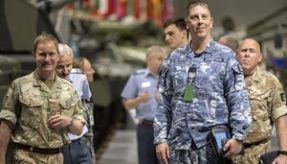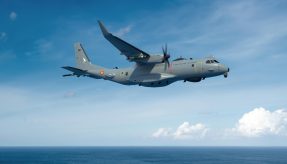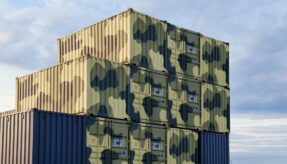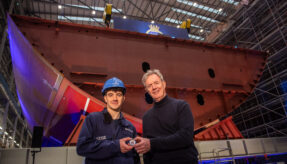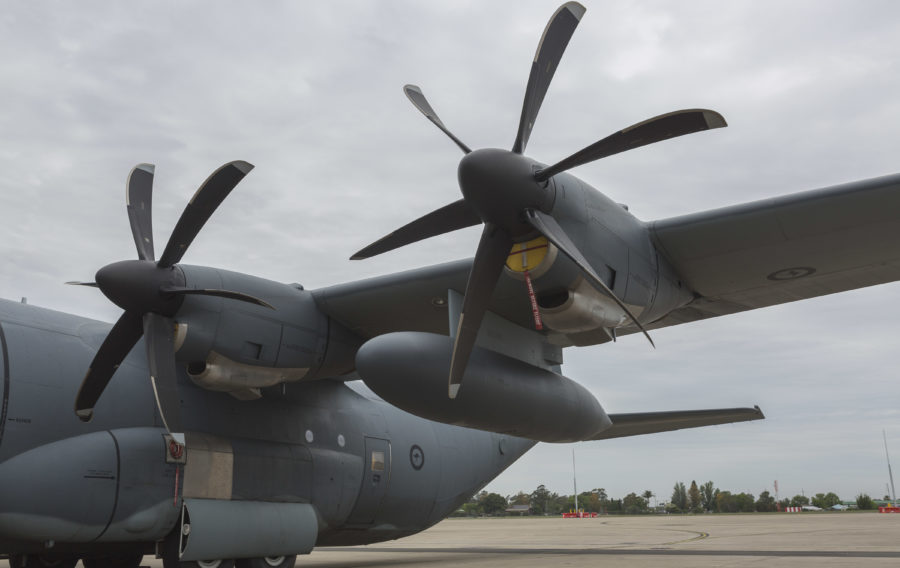
External fuel tanks are to be installed aboard two Royal Australian Air Force (RAAF) C-130J Hercules transport aircraft to enhance their performance.
The first Hercules to receive the fuel upgrade (A97-440) was handed back to No. 37 Squadron at RAAF Base Richmond in November, following a period of routine maintenance led by Airbus Group Australia Pacific. Each tank will increase fuel capacity from 19 to 27 tonnes.
Air Commodore William Kourelakos, Commander Air Mobility Group, said the utility of these fuel tanks would be put to the test during an assortment of missions. “Extra fuel is useful during Forward Arming and Refuelling Point operations, where the crew land and offload fuel to another aircraft, vehicle or storage tank,” he said.
“The fuel tanks can also extend range or endurance during certain missions, allowing us to be more persistent in an area such as during Search and Rescue missions. Carrying that extra fuel brings weight and drag considerations, so fitting these two aircraft will determine how these tanks might benefit our future airlift operations.”
While previous models were equipped with external fuel tanks, those fitted to the two aircraft have been specially constructed. The C-130J was originally brought into RAAF service in 1999, initially without external fuel tanks due to the efficiency and power of its engines compared to the previous generation Hercules.
The utility of these fuel tanks will be explored in December as the A97-440 supports Operation Christmas Drop in Guam. Hosted by the United States Pacific Air Forces, Operation Christmas Drop involves the delivery of donated gifts including food, clothing and toys to remote island communities in the West Pacific.
“Some of these missions are to islands more than 2,000 kilometres from Guam, where there’s very limited options to divert in the event of an emergency,” added Air Commodore Kourelakos. “Carrying that extra fuel would make some aspects of mission planning easier, allow crews to deliver to more island communities, or increase the amount of time loitering at a Drop Zone.”
If you would like to join our community and read more articles like this then please click here.



